Linux operating system is arguably the most versatile and productive open-source operating system available today. But if you are new to this OS, choosing the best Linux distribution for beginners can be an uphill task.
Firstly, with about 1000 Linux distros available, choosing the best distribution can prove complex and overwhelming. Besides, knowing where to start can be pretty intimidating. You should not fret about either of these!
This article will discuss the best open-source distros for beginners in 2023. And apart from outlining them, we will briefly discuss their features and what each distribution is ideal for.
But before that, let us handle some basics.
Things to Consider When Choosing a Linux Distribution
Choosing a Linux distribution can be daunting, as many options are available, each with its strengths and weaknesses. It’s worth noting that some of these distributions are niche projects intended for specific purposes or audiences. Thus, they may not be widely used or actively maintained.
Nonetheless, the sheer number of available distributions is a testament to the flexibility and adaptability of the Linux platform and its users’ diverse needs and interests.
Here are some key factors to consider when selecting a Linux distro:
- Purpose – What do you plan to use Linux for? Different distributions feature unique features for various use cases, such as web servers, desktops, laptops, or multimedia production. Ensure that your distribution of choice is tailored to what you intend to achieve with it.
- User Interface – Linux distributions offer different desktop environments and user interfaces. Some are simple and easy to use, while others provide more customization options. Consider your preferences and level of experience when selecting a distribution.
- Hardware Requirements – Some Linux distributions require more resources than others, so ensure your hardware meets your chosen distro’s minimum requirements.
- Community and Support – Look for distributions with an active and supportive user community, as this can be a valuable resource for troubleshooting and learning.
- Software Availability – Linux distributions vary in the availability of pre-installed software and the ease of installing new packages. Consider what software you need and whether it is available for your chosen distro.
- Security – Linux is generally more secure than other operating systems, but some distributions are more security-focused than others. Consider your security needs when choosing a distribution.
- Stability – Some distributions offer bleeding-edge software updates, while others prioritize stability and long-term support. Choose a distribution that matches your preferences for software updates and stability.
By considering these factors and researching more intensely, you can find a Linux distribution that meets your needs and provides a stable, secure, and enjoyable computing experience.
Characteristics of the Best Linux Distros for Beginners
While the above factors may apply to users of any skill level, a Linux distribution for beginners should feature specific characteristics.
Here are some characteristics that make a Linux distro suitable for beginners:
- User-Friendly Interface – A Linux distro for beginners should have a user-friendly graphical interface that is easy to navigate and understand. You want to avoid a distro that you will need more assistance using.
- Easy to Install – The installation process should be straightforward and well-documented, with as minimal technical knowledge required as possible. Of course, several Linus distributions meet this requirement. On the other hand, some distros will need technical expertise to install.
- Comprehensive Documentation – Documentation helps users understand a distribution’s various features. The distro should have thorough and accessible documentation that explains how to use the system, troubleshoot issues, and install the software.
- Pre-installed Software – The distro should come with a range of useful pre-installed software, such as web browsers, office suites, media players, and graphics editors. Installing everything from scratch can be both challenging and time-consuming.
- Supportive Community – A strong and supportive user community can provide helpful advice, tips, and troubleshooting assistance for beginners. Once you install your distro of choice, proceed to join the community.
- Low System Requirements – The distro should be optimized for lower-end hardware, with minimal system requirements and efficient performance. Of course, most beginners often have machines that may be short on these requirements.
- Stability – A stable and reliable system is vital for beginners with little or no experience troubleshooting technical issues. A less stable distribution will also affect your learning process due to being slow or recurrent problems.
A Linux distro for beginners should provide a welcoming and accessible introduction to the Linux operating system, focusing on ease of use, stability, and a supportive community.
Top 10 Best Open-Source Linux Distros for Beginners
Several Linux distributions are ideal for beginners due to their user-friendly interfaces, ease of installation, and comprehensive documentation.
The following are some popular open-source Linux distributions to choose from:
1. Ubuntu
Ubuntu is a widespread Linux distribution based on Debian. It was created by Canonical Ltd. and released in 2004. Ubuntu is known for its user-friendly interface, extensive software library, and strong community support. These features make it a perfect option for beginners.
Ubuntu is available in several editions, including a desktop edition for personal computers, a server edition for network servers, and an Ubuntu Core edition for IoT devices. Ubuntu is free and open-source software, meaning anyone can download, use, and modify it.
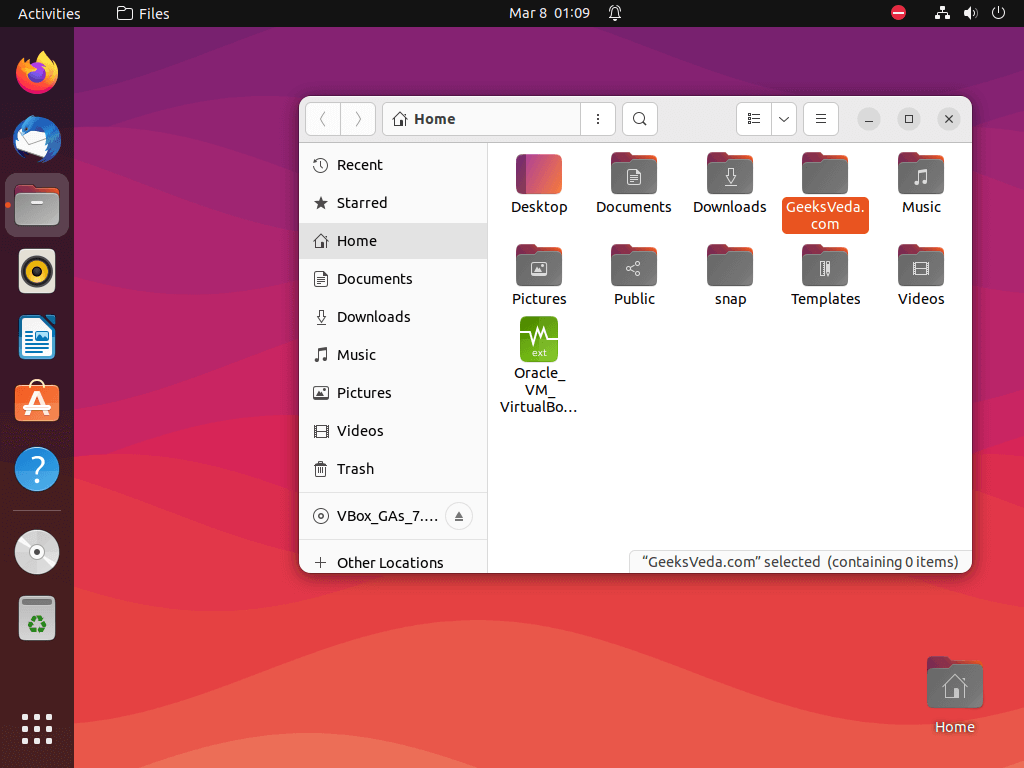
One of the key features of Ubuntu is its use of the Debian package management system, which allows users to easily install, remove, and update software packages from a central repository. Ubuntu includes various pre-installed software, such as the LibreOffice office suite, the Firefox web browser, and the GIMP graphics editor.
Ubuntu has a large and active community of users and developers who contribute to the development and maintenance of the distribution. Canonical also offers commercial support and services for Ubuntu, making it a popular choice for businesses and organizations.
2. Linux Mint
Linux Mint is a free and open-source operating system based on the Linux kernel and Ubuntu distribution, which is designed to be user-friendly and comes with a wide range of pre-installed software for various purposes such as office work, multimedia, and internet browsing.
Linux Mint was first released in 2006 and has gained popularity among users who prefer a more traditional desktop interface than other Linux distributions’ modern interfaces. It is known for its stability, security, and ease of use. It is a good distro for you if you are a beginner.
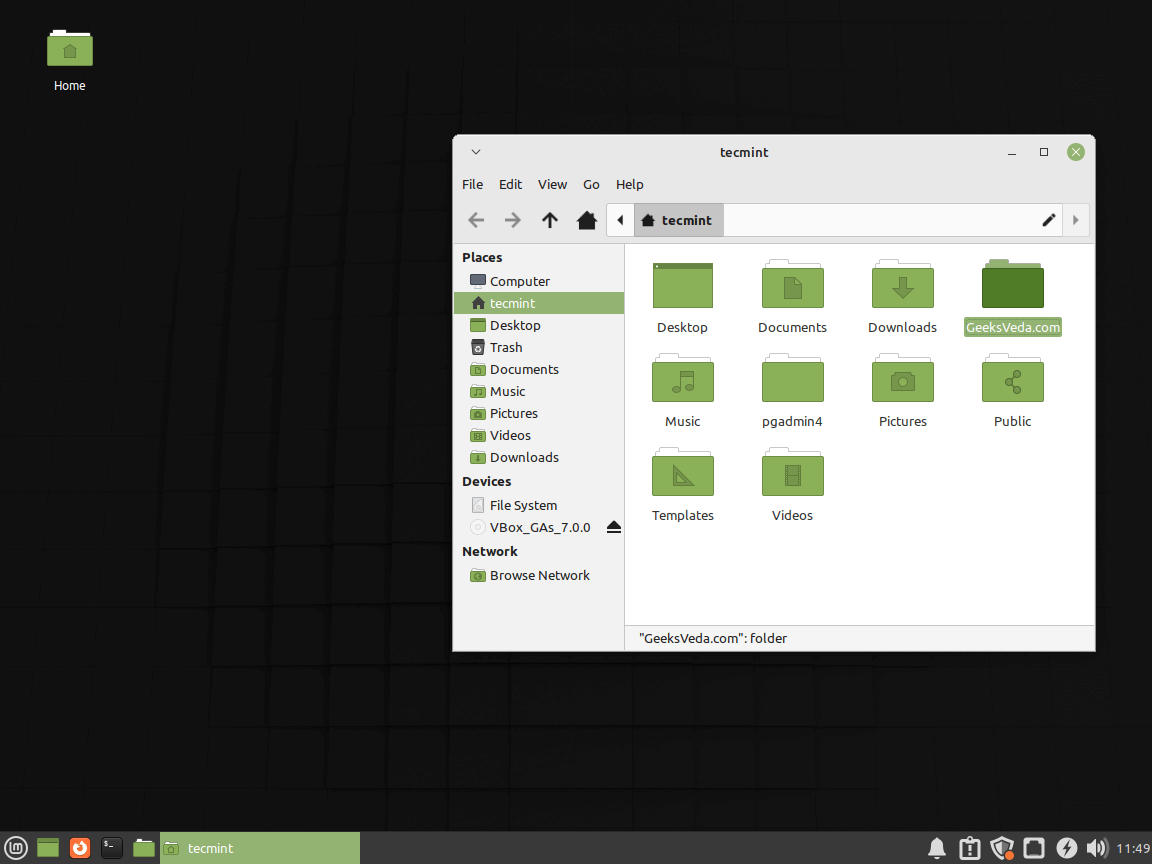
It is available in various versions, each with different desktop environments, such as Cinnamon, MATE, and Xfce, allowing users to choose the one that best suits their needs and preferences. Additionally, Linux Mint provides users with a wide range of customization options, making it a versatile and flexible operating system.
3. Elementary OS
elementary OS is a Linux-based operating system designed to be easy to use and aesthetically pleasing. It leverages the Ubuntu OS but uses the Pantheon desktop environment, which features a simple and modern interface focusing on user experience.
As its name suggests, elementary OS is known for its minimalist design and clean interface. Besides, it offers a consistent user experience. It comes with various pre-installed apps tailored to the operating system’s design, such as a custom music player, photo viewer, and email client.
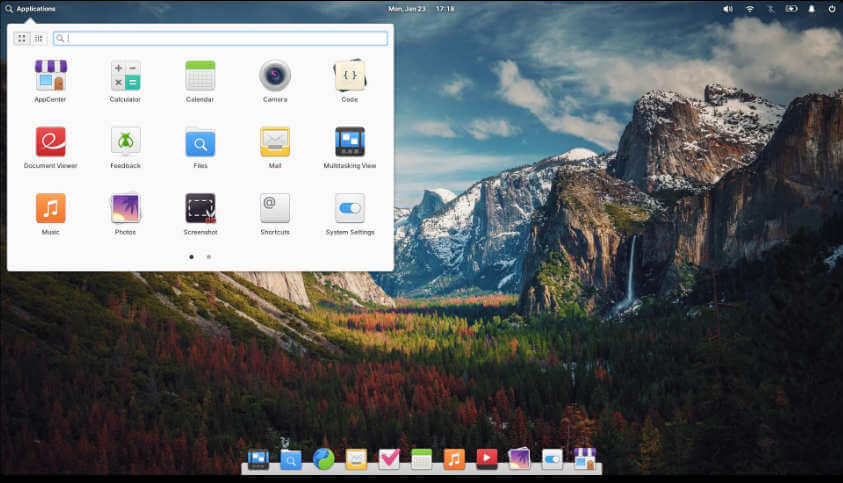
One of the critical features of elementary OS is its AppCenter, a centralized place to download and install applications. All apps available in the AppCenter have been reviewed and vetted by the elementary OS team to ensure they meet the system’s design and usability standards.
4. MX Linux
Another distro that makes it to our review of the best open-source Linux distros for beginners is MX Linux, which is a popular Linux distribution known for its speed, stability, and user-friendliness. It is based on Debian and uses the Xfce desktop environment, designed to be lightweight and customizable.
MX Linux is designed to be fast and efficient, even on older hardware, thanks to its optimized system resources and low memory usage. It also includes various pre-installed tools and applications, such as a customized version of the Whisker menu, Thunar file manager, and LibreOffice suite.
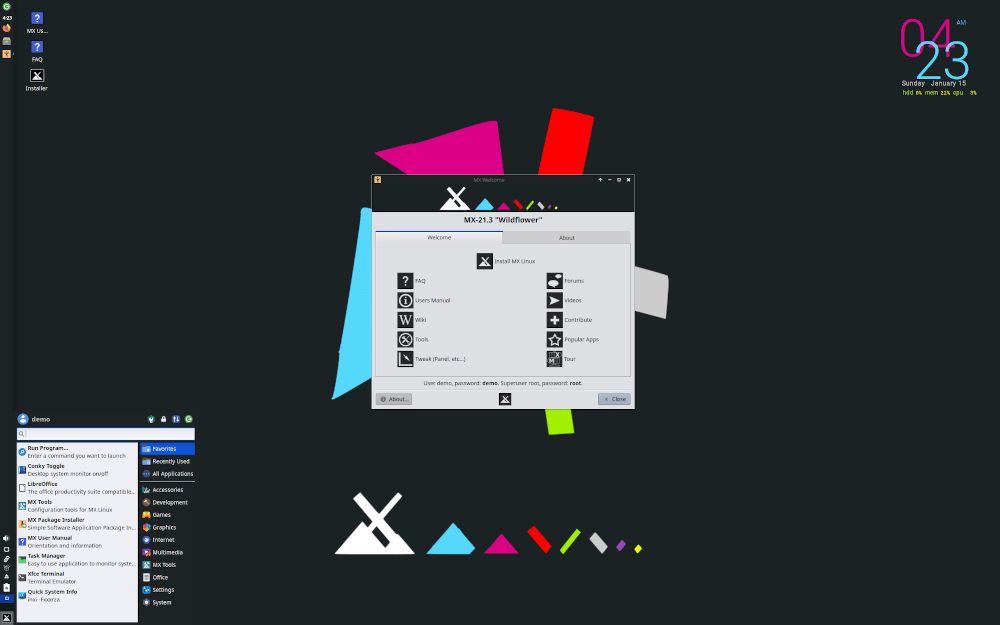
Among MX Linux‘s key features are its flexibility and ease of customization. It includes many tools for customizing the desktop environment and configuring system settings, such as the MX Tools package, allowing users to manage and configure their system quickly.
MX Linux also includes security and privacy features, such as encrypted home folders and enabling Tor or VPN connection. It remains a popular choice for users who want a fast, stable, and customizable Linux distribution that is easy to use and comes with several pre-installed tools and applications.
5. Zorin OS
Zorin OS is a Linux-based operating system designed to be easy to use and appealing to users transitioning from Windows or macOS. It is based on Ubuntu and features a unique desktop environment that mimics the look and feels of Windows or macOS, depending on the user’s preference.
Zorin OS includes a range of pre-installed applications, such as LibreOffice, Firefox, and GIMP, as well as tools and utilities for system administration and customization. It also includes the Zorin Appearance app, which allows users to customize the look and feel of the desktop environment quickly.
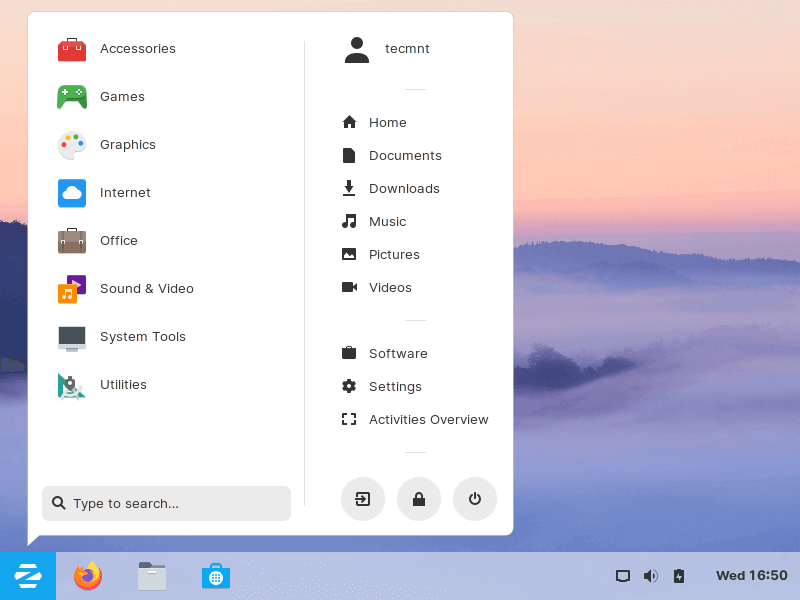
Zorin OS focuses on ease of use and user-friendliness. It includes a range of features designed to make the transition from other operating systems as smooth as possible, such as a taskbar and start menu similar to those in Windows.
Zorin OS is a popular choice for users who are new to Linux or who are looking for an operating system that is easy to use and offers a familiar interface. Thus, this distro could be a good match if you are a seasoned Windows user.
6. Solus OS
Solus is an independent, rolling-release Linux distribution first released in 2015. Ikey Doherty created this distro alongside the Solus package manager, called eopkg. Solus is a modern, user-friendly operating system for beginners and experienced users.
One of the unique features of Solus is its Budgie desktop environment, which was also created by Ikey Doherty. The Budgie desktop features a simple, elegant, and lightweight design. It includes features like a customizable panel, a Raven sidebar for quick access to settings and notifications, and various applets and extensions.
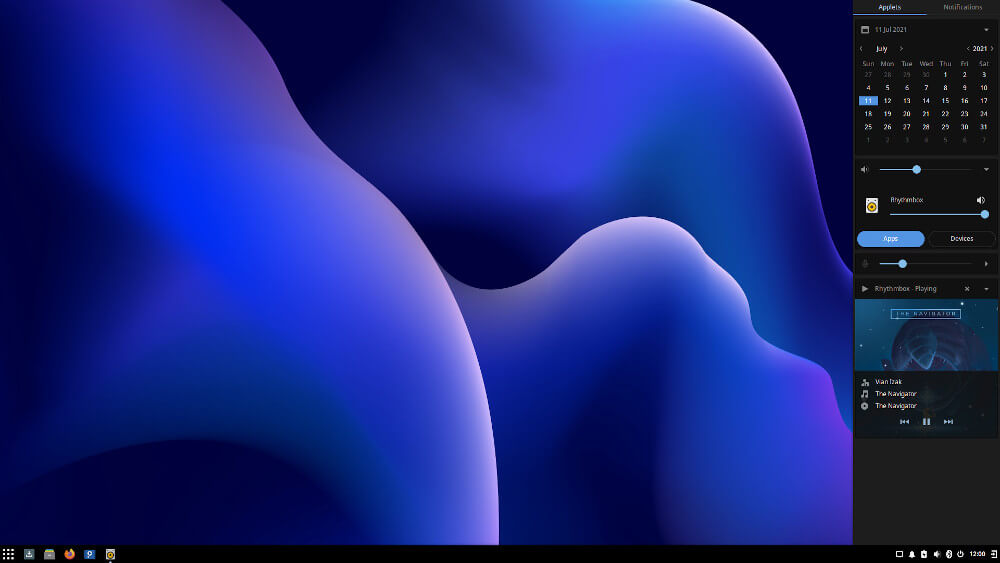
Solus also includes a curated selection of applications, including LibreOffice, Firefox, and various multimedia and productivity tools. It uses a rolling release model, meaning updates are released continuously rather than in major releases.
In a nutshell, Solus is a fast and user-friendly Linux distribution that is suitable for both desktop and laptop use. It is an incredible option if you want a versatile distro that you can use for several years.
7. Linux Lite
Linux Lite is a lightweight, user-friendly distribution based on Ubuntu LTS (Long Term Support) releases. It was first released in 2012 and designed to be a fast and easy-to-use operating system suitable for beginners and experienced users.
Linux Lite uses the Xfce desktop environment, which is fast, stable, and customizable. The desktop environment includes features like a customizable panel, a system tray, and various applets and plugins.
Linux Lite OS also includes a selection of pre-installed applications, including Firefox, LibreOffice, GIMP, and VLC media player, as well as a variety of other multimedia and productivity tools. It includes a software center for easy installation of additional software and uses a rolling release model for software updates.
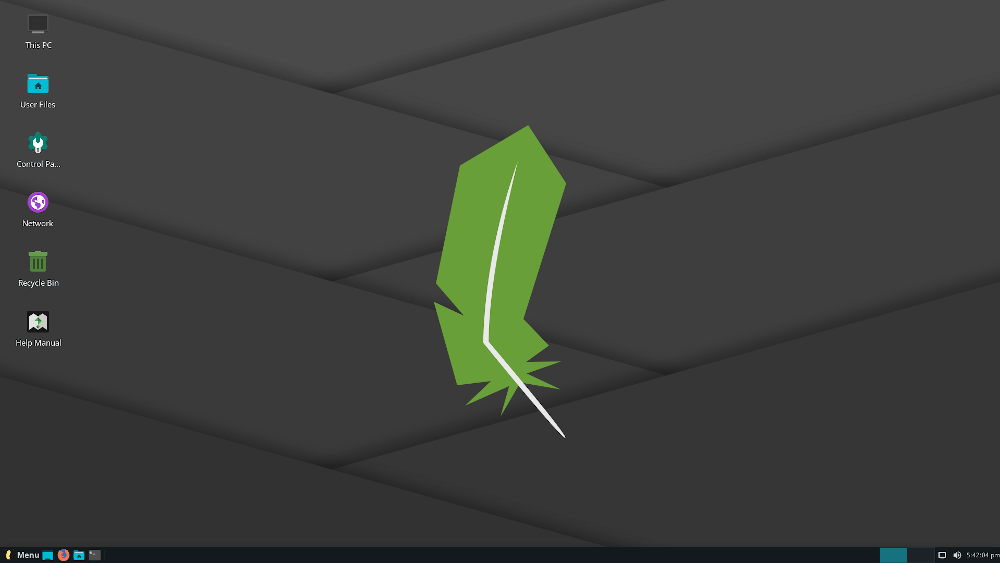
Besides, Linux Lite stands out as a very user-friendly OS and features a range of helpful tools and utilities, such as a system profiler and benchmark, a backup device, and a tool for creating system snapshots. Besides, it provides a friendly and supportive community, with active forums and documentation to help users get started and solve any issues they may encounter.
For every beginner, Linux Lite is a lightweight and user-friendly Linux distribution that provides a modern and up-to-date computing experience while still being suitable for older or less powerful hardware.
8. Peppermint OS
Peppermint OS is a lightweight Linux distribution designed to be fast, efficient, and easy to use. It was first released in 2010 and focuses on cloud computing and web-based applications.
One of the critical features of Peppermint OS is its use of the Openbox window manager, known for being fast and lightweight. The desktop environment features a simple and intuitive design, with a customizable panel and various applets and plugins.
Peppermint OS also includes the Ice application, which allows you to create web-based applications that you can launch directly from the desktop.
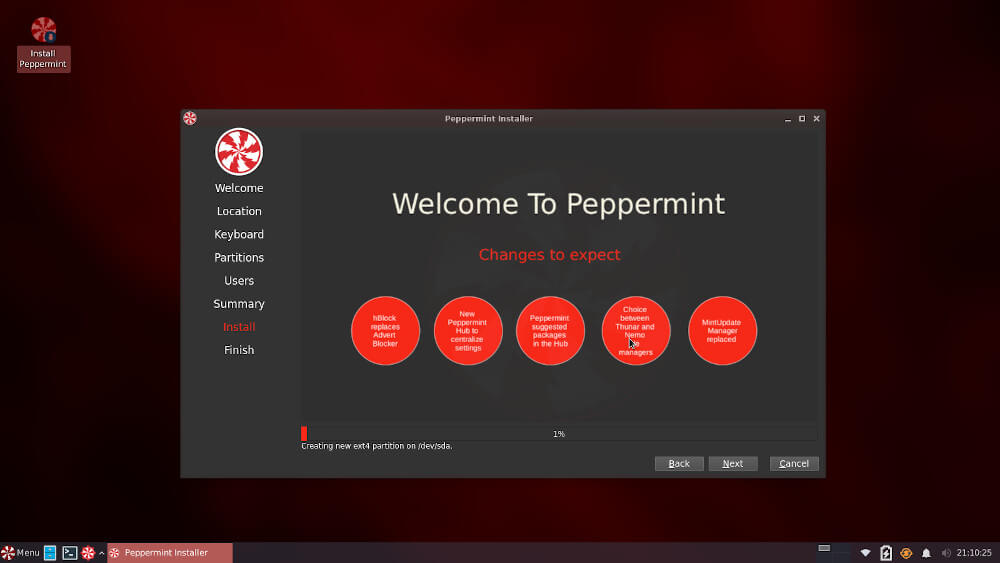
Peppermint OS is optimized for web-based computing and includes a variety of web applications, such as the Chromium web browser, Dropbox, and Google Drive. It also consists of a software center for easy installation of additional applications and a range of system utilities and tools for managing hardware, networking, and system settings.
Among the key strengths of this OS is its focus on efficiency and resource usage. It runs well on older or less powerful hardware, making it a good choice for netbooks, older laptops, or other devices with limited resources. It also uses a rolling release model for software updates, ensuring users can access the latest software and security updates.
9. Manjaro Linux
Manjaro Linux is a user-friendly, rolling-release distribution based on the Arch Linux operating system. It was first released in 2011 and is known for its focus on ease of use, stability, and performance.
Manjaro Linux uses the Pacman package manager, which is fast and efficient. It also includes various user-friendly tools and utilities, such as the Manjaro Settings Manager, which provides an easy way to manage system settings and configurations.
The Manjaro Hardware Detection tool is another useful utility that automatically detects and installs the necessary drivers for hardware components.
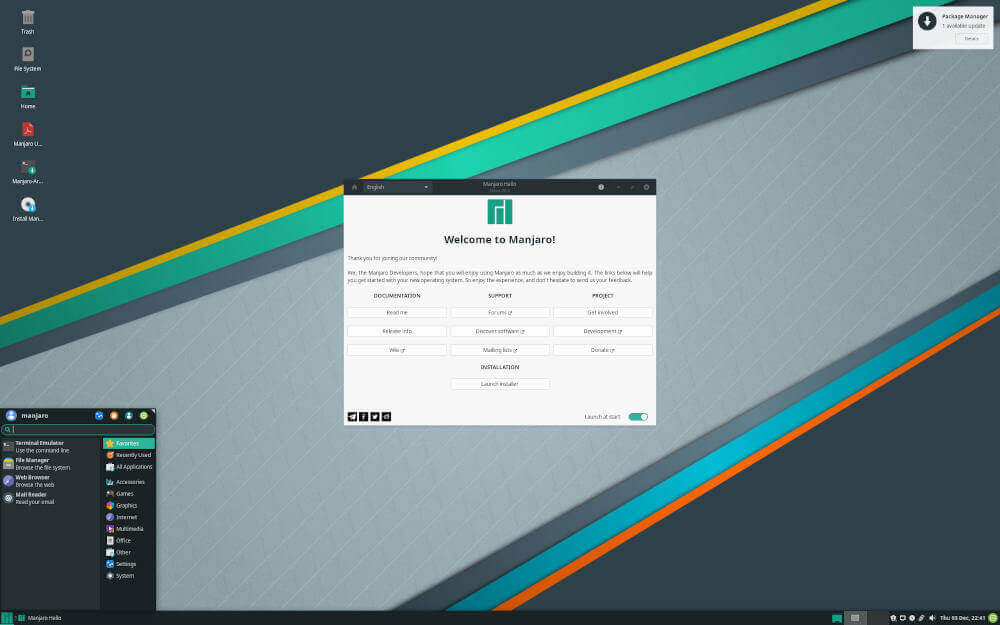
Manjaro Linux also includes a variety of desktop environments and window managers, including Xfce, KDE Plasma, GNOME, and more. This allows users to choose the desktop environment that best suits their needs and preferences. It also includes a software center for easy installation and management of additional applications.
Like all rolling-release distros, the updates for this distro are released continuously rather than in major version releases, ensuring that you can have and enjoy the latest software and security updates without performing a complete system upgrade.
10. Lubuntu
Another lightweight distro makes it to our list of best open-source Linux distros for beginners. First released in 2011, Lubuntu is fast, efficient, and easy to use, particularly on older or less powerful hardware.
It also takes pride in using the LXQt desktop environment, which is known for being lightweight and customizable. The desktop environment includes various useful tools and utilities, such as a file manager, a panel with a system tray and applets, and various system settings and configuration tools.
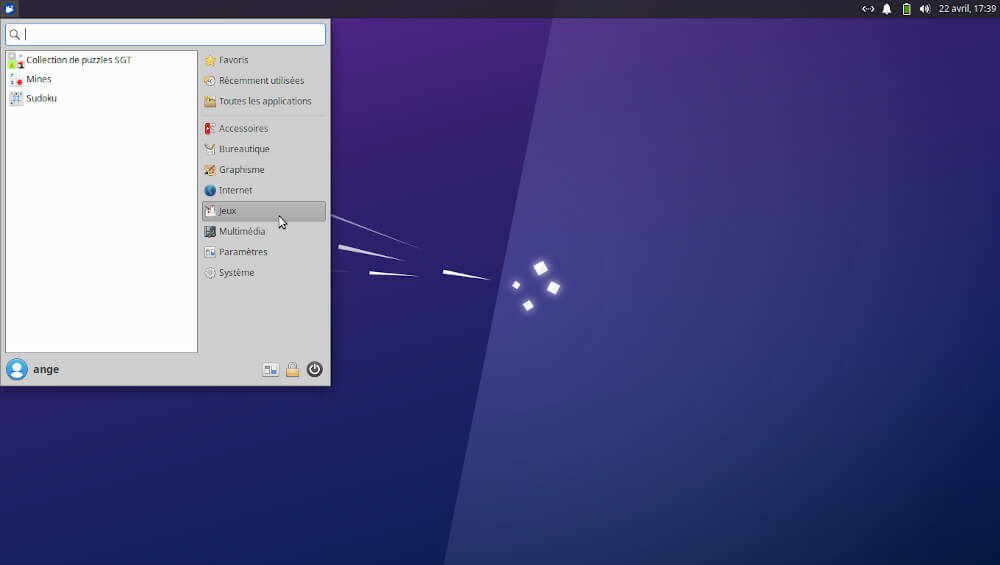
It is designed to run well on older or less powerful hardware, making it a good choice for netbooks, older laptops, or other devices with limited resources. It also uses an LTS (Long Term Support) release model for software updates, ensuring that users have access to stable and reliable software updates for longer.
Overall, Lubuntu is a lightweight and user-friendly Linux distribution that is optimized for efficiency and resource usage. Its focus on ease of use and stability makes it a good choice for beginners and experienced users, particularly those looking to revive older or less powerful hardware.
Conclusion
That’s the end of our article on the best open-source Linux distros for beginners. All these distributions are excellent for beginners, with unique features and advantages. Ultimately, the best Linux distribution for you will depend on your specific needs and preferences.
